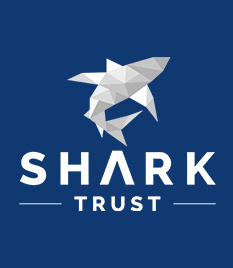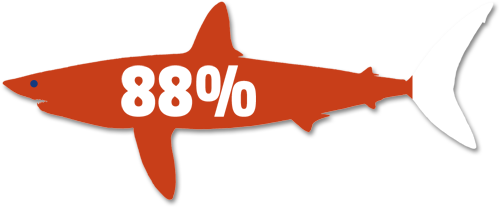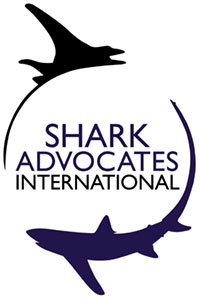
Blue Shark & Shortfin Mako © Andy Murch.
The Shark Trust first launched the No Limits? campaign in 2014, in response to the crisis posed by unlimited and escalating shark fishing pressure. With no catch limits set for many shark species, landings have soared over the past decade, placing huge pressure on shark populations. No Limits? highlights the urgent need to introduce science-based catch limits for Blue Sharks, Shortfin Mako, Tope, smoothhounds and catsharks – species accounting for over 97% of reported Atlantic shark landings.
Unlimited Fishing
In 2015 (the most recent year data has been collated for) over 280,000 tonnes of sharks were reported landed* globally, however, experts believe the actual total catch is likely to be three to four times higher. Yet many shark species can be caught and landed in unlimited numbers.
* ‘Reported landings’ versus fish caught:
Not all fish caught by commercial fishing vessels are brought back to harbour for sale (the ‘landings’); many are ‘discarded’, mostly dead, back into the sea. The accuracy of catch and discard reporting varies widely, but experts estimate that three to four times more fish are caught and die in fishing operations than are reported as landed.
Accounting for over 40% of all global shark landings in 2012, Europe is a significant global shark fishing power with three EU Member States among the world’s top twenty shark fishing nations. In the Atlantic and Mediterranean, the EU fleet accounted for 70% of all reported shark landings between 2000 and 2012, which amounts to hundreds of thousands of tonnes, representing many millions of sharks each year. Yet there are STILL no EU or international limits on the catch or trade of these No Limits? species.
The largest EU shark fisheries are fished by pelagic longliners on the Atlantic high seas, primarily targeting tuna and swordfish, but ‘bycatch’ of Blue Shark and Shortfin Mako dominate their landings and make the fisheries profitable.
No Limits? appeals to the public to support the adoption of science-based catch limits, before it’s too late and today’s commercially fished shark species follow other once abundant Atlantic stocks into collapse.
The Drivers
Historically, only a few high value sharks were targeted by fishing vessels for their meat, fins and liver oil. Most species included in the No Limits? campaign were an unwanted, discarded part of the ‘bycatch’ in fisheries for more valuable bony fishes (such as cod and tuna). In recent decades, however, there has been a marked increase in the targeting and retention of these species, leading to alarming population declines for many, as well as the collapse and closure of some fisheries.
The result is that formerly abundant species (such as Porbeagle) were subject to decades of unmanaged fishing, and subsequently experienced dramatic population crashes – with Northeast Atlantic sub-populations now assessed as Critically Endangered on the IUCN Red List of Threatened Species. Experts have agreed that extinction risk is far higher for sharks and their relatives than for most other vertebrates – 2014 assessments by the IUCN concluded that 25% of all sharks and rays are now considered threatened, meaning they face an increased risk of extinction.















